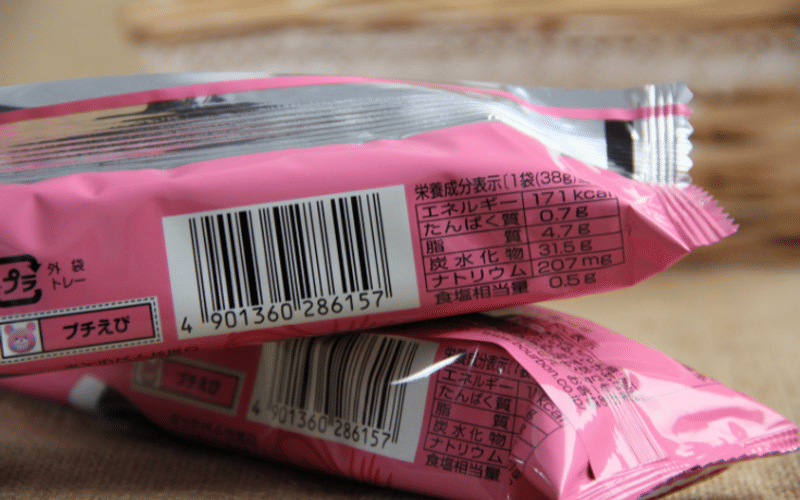The future of multilayer packaging solutions
Growth in multilayer flexible packaging is driven by demand for sustainability, convenience, and advancements in material science.
24 Feb 2025 | By WhatPackaging? Team
The multilayer flexible packaging market is set to grow significantly over the next decade. It is expected to reach USD 283.55-billion by 2034, up from USD 168.92-billion in 2024, reflecting a compound annual growth rate (CAGR) of 5.32%.
This expansion is fuelled by increasing consumer demand for lightweight, high-barrier, and sustainable packaging solutions. Industries such as food and beverage, pharmaceuticals, and personal care are key contributors to this growth, as multilayer flexible packaging helps extend shelf life, maintain product integrity, and offer convenience to consumers.
Multilayer flexible packaging consists of multiple layers of materials such as plastics, paper, aluminium, and bio-based films. This enhances barrier properties, durability, and functionality, with each material providing specific advantages like moisture resistance, oxygen barrier protection, and thermal insulation.
The main drivers behind the market’s expansion include the growing demand for convenient and lightweight packaging. Consumers increasingly seek on-the-go, resealable packaging solutions, which aligns with the rise in urbanisation and busy lifestyles. The food and beverage industry is the largest user of multilayer flexible packaging, with a 45.25% market share in 2023, driven by the popularity of ready-to-eat meals, snacks, and beverages.
Advancements in material science and co-extrusion technologies are also playing a crucial role. High-performance polymers, barrier films, and bio-based alternatives are improving the efficiency and sustainability of multilayer packaging. Regulatory pressure for sustainable packaging solutions is prompting companies to invest in recyclable, biodegradable, and compostable materials.
However, challenges remain. Recycling multilayer packaging is complex due to the difficulty of separating the materials for processing. New chemical recycling technologies are emerging to tackle this issue, and the industry is moving towards a circular economy model where materials are reused or repurposed.
The future of multilayer flexible packaging holds opportunities. Bio-based and compostable alternatives, such as films derived from plant-based sources like corn starch, are gaining traction. Additionally, smart packaging solutions, such as QR codes, NFC chips, and RFID tracking, are integrating with flexible packaging to offer real-time product information, enhancing consumer engagement and supply chain transparency.
In conclusion, the multilayer flexible packaging market is on a strong growth trajectory, driven by consumer demand, technological advancements, and sustainability initiatives. Companies investing in sustainable materials and digital printing technologies will be well-positioned to capitalise on future opportunities.
This story is based on a report by Towards Packaging.


